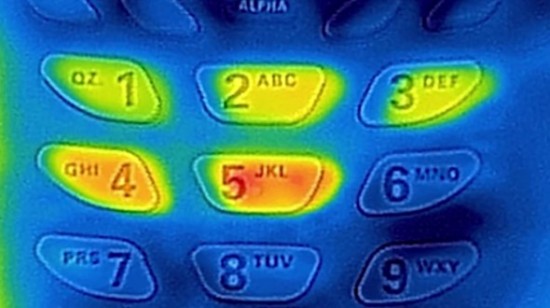It’s becoming common knowledge that e-finance options and online payment mediums are catching up inthe safety department. Since credit cards are easy to intercept, this has paved the way for e-wallets and other methods to come to the fore, but as the latest scandal with PayPal shows, even some ‘secure’ methods can leave you vulnerable.
 Two months ago the favoured e-wallet got caught with its hands in its customers’ pockets. More specifically, PayPal seems to have signed up customers for the PayPal credit service without express consent or actual knowledge, which came to light when they proceeded to charge their customers fees for missing payments. It is now expected to pay back $15 million to affected customers and $10 million in fines.
Two months ago the favoured e-wallet got caught with its hands in its customers’ pockets. More specifically, PayPal seems to have signed up customers for the PayPal credit service without express consent or actual knowledge, which came to light when they proceeded to charge their customers fees for missing payments. It is now expected to pay back $15 million to affected customers and $10 million in fines.
Ideally, what a safe system entails is one that is prepaid, so that if your information does gets intercepted then you cannot accrue extra charges or have your entire bank account drained. Something like paysafecard – which is purchased with cash and then a code is issued for the user to purchase goods and services online – or even a prepaid credit card are both great options. Regarding prepaid alternatives, you ideally want something that requires verification via a PIN or personalised security answer, and it must be registered to a user so the account can be frozen or blocked if the card is lost or stolen.
Gadgets That Pose Risks
The newest threat to the current consumer is not online related, however, but is a nifty new gadget that holds the potential for some unlawful behaviour: a phone case with an infrared camera from FLIR ONE.
This works as follows: the camera from the case generates thermal images, while the camera from your phone produces regular imaging data. Both are required so that you can see the heat image as well as being able to comprehend what you are looking at. As dictated in the product description, the infrared camera can pick up heat signatures from quite a distance and is so sensitive that it can identify heat signatures even after the heat source has been removed; for example, the heat imprint on a couch after the person has left it.

Risks and Rewards
Why is this gadget risky you ask? It turns out that the thermal images being taken with this technology with high frequency are of PIN pads (ATM, debit and credit consoles, even alarm code PIN pads). As it looks like any other phone case, this technology can be difficult to spot. All the thief would have to do is hover his or her phone over the keypad after it has been used and take a quick and inconspicuous picture. Because heat signatures fade as the warmth leaves the touched object, not only can a thief tell which buttons you touched because they light up, but they can tell the order in which you touched them as the colour cools.
Keeping Things Safe
The way to prevent yourself from becoming a victim of this technology is actually quite simple. Instead of pushing buttons one at a time, simply resting multiple fingers of your other hand on other keys on the pin pad will disperse the heat signature over the rest of the keypad and your personal pin will be obscured. Another option could be to leave a false trail by randomly pressing buttons after you’ve finished the transaction. Finally, it’s best stick to consoles with metal keypads, as they disperse heat and are therefore not at risk for thermal imaging.
Leave a Reply